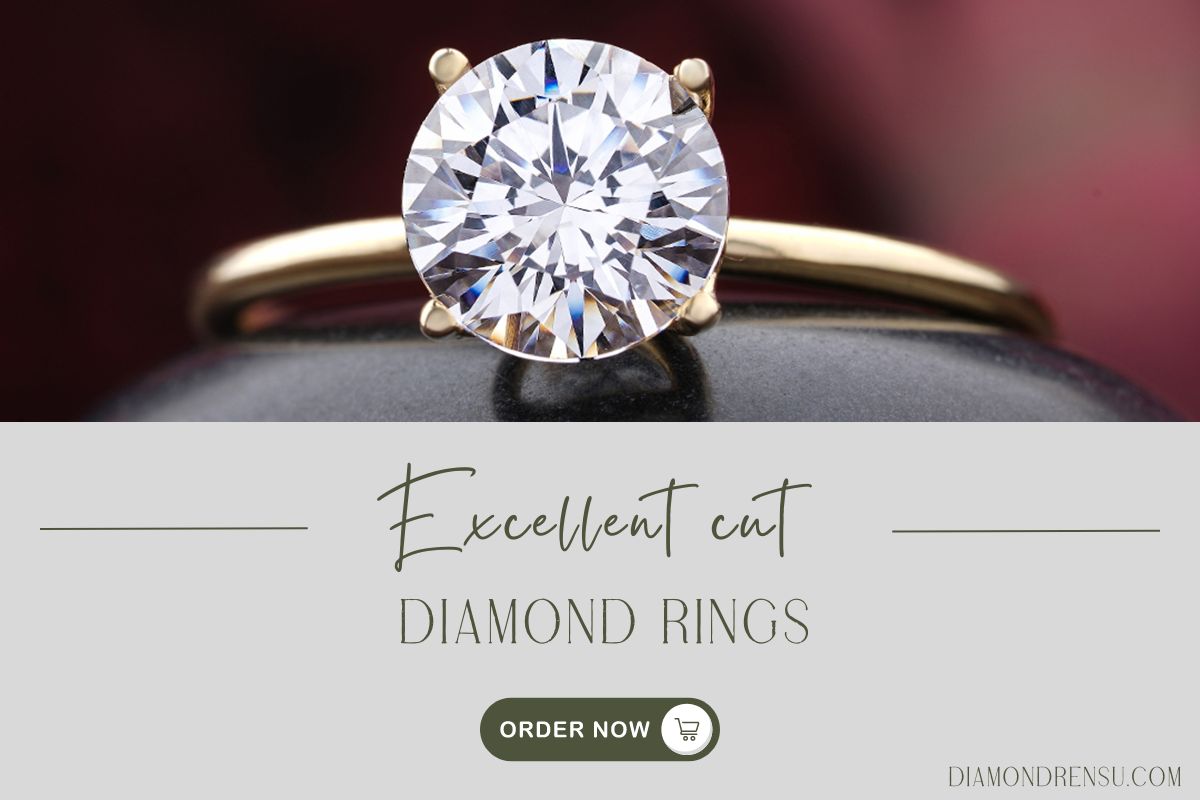
Ideal Cut Diamond vs Excellent Cut: Understanding the Differences
When shopping for diamonds, you may encounter terms like "ideal cut" and "excellent cut" which refer to the quality of a diamond's proportions and symmetry. An ideal cut diamond is shaped to precise standards designed to produce the maximum amount of brilliance and fire, which are critical for the sparkle that is so highly sought after in diamonds. This cut is often considered the highest standard with angles and finish crafted to produce the ultimate in shine and reflection.
Table Of Contents
- Understanding Diamond Cuts
- Characteristics of Ideal Cut Diamonds
- Excellent Cut Diamonds Explained
- Comparison of Ideal and Excellent Cuts
- Choosing the Right Cut for Your Diamond
- The Role of Certification in Cut Grading
- Impact of Cut on Diamond Value and Cost
- Additional Cut Quality Factors
- Design and Aesthetic Considerations
- Frequently Asked Questions
On the other hand, an excellent cut diamond, while still of high quality, offers a slightly broader range of cut proportions. These diamonds are cut very well but do not necessarily meet the stringent criteria of the ideal cut. They still reflect a lot of light and can offer a more affordable option while still showcasing the stone's beauty.
Understanding the differences between these two grades of cut can help you make informed decisions and select a diamond that meets your preferences for brightness, fire, and overall appearance. Whether you're prioritizing brilliance or considering your budget, recognizing how cut quality affects a diamond's allure is central in choosing a gem that's right for you.
Understanding Diamond Cuts
When selecting a diamond, the cut is a crucial factor that affects its beauty and brilliance. Cut quality directly influences a diamond's ability to reflect light, which determines its overall appearance.
The Importance of Cut Quality
The quality of a diamond's cut is paramount; it determines the stone's aesthetic appeal. A well-cut diamond will exhibit a balance of brightness, fire, and scintillation. Moreover, cut quality is not just about the shape but also how effectively the diamond has been fashioned from the rough. The cut of a diamond is assessed using a grading scale developed by authoritative institutions such as the Gemological Institute of America (GIA) and the American Gem Society (AGS).
Cut Grade: Definition and Scale
Cut grade is a categorical assessment that evaluates how well a diamond's facets interact with light. The GIA grading system includes grades such as Excellent, Very Good, Good, Fair, and Poor. Diamonds graded as Excellent reflect light well and possess superior brilliance, whereas those rated as Poor often display light leakage and reduced sparkle.
- Excellent: Reflection of light is maximized, creating high brilliance and sparkle.
- Very Good: Only slight light leakage occurs, offering substantial brilliance and fire.
- Good: Reflects most light that enters the diamond but less brilliantly than higher grades.
- Fair: A fair amount of light is reflected but less so than higher-quality cuts.
- Poor: Allows most light to escape from the sides and bottom, resulting in low brilliance.
The precise grading can differ slightly between the GIA and AGS, yet both strive to provide a comprehensive evaluation to aid you in choosing a diamond that meets your preferences for quality and budget.
Characteristics of Ideal Cut Diamonds
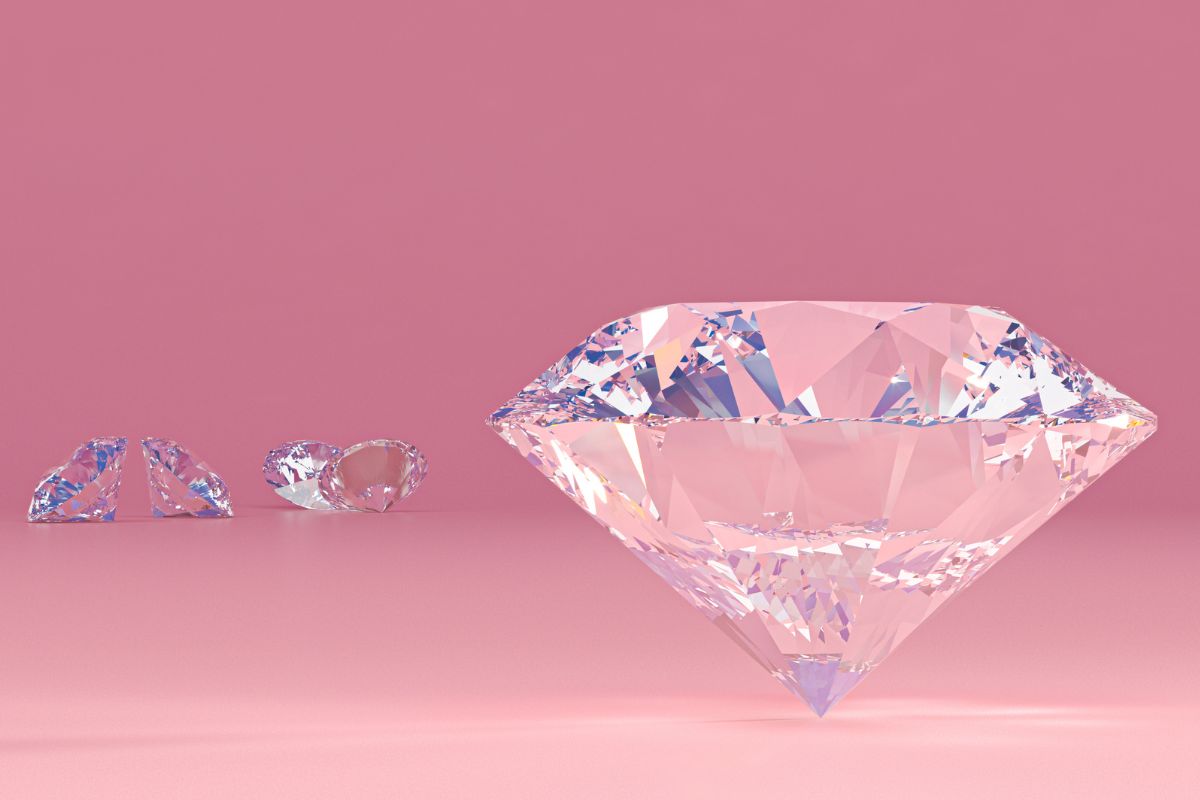
| Characteristic | Description |
|---|---|
| Cut Grade | Rated as "Excellent" or "Ideal" in the cut category, ensuring optimal proportions and symmetry for maximum brilliance. |
| Proportions | Well-balanced proportions, including table size, crown height, pavilion depth, and angles, optimized for light performance. |
| Symmetry | Precise alignment of facets and symmetrical arrangement, contributing to the overall beauty and brilliance of the diamond. |
| Polish | Smooth and polished surfaces free from scratches, blemishes, or any imperfections that could affect the diamond's appearance. |
| Brilliance | Displays exceptional white light return, sparkle, and scintillation, creating a dazzling and lively appearance. |
| Fire | Exhibits a dispersion of light into colored flashes, often seen as rainbow-like hues, adding to the diamond's visual appeal. |
| Scintillation | The pattern of light and dark areas when the diamond is moved, creating a captivating and dynamic play of light. |
| Table Percentage | The size of the table (top facet) in relation to the overall diameter of the diamond, with an ideal range for maximum brilliance. |
| Crown Angle | The angle between the girdle plane and the crown facets, affecting the diamond's overall light reflection and dispersion. |
| Pavilion Angle | The angle between the girdle plane and the pavilion facets, influencing the diamond's brilliance and light performance. |
| Girdle Thickness | An even and well-proportioned girdle, neither too thin nor too thick, contributing to the diamond's durability and appearance. |
When selecting an ideal cut diamond, you are choosing a gem that has been crafted to deliver maximum brilliance and fire. The key aspects distinguishing an ideal cut are its precise proportions and its ability to reflect light beautifully.
Proportions and Dimensions
An ideal cut diamond is defined by its exact proportions, which influence its ability to reflect light. The table should be between 53% and 58% of the diamond's overall diameter, while the depth is recommended to range from 59% to 62.6%. The crown height and angle should complement the pavilion depth to ensure a balanced distribution of light. The size of the facets and the symmetry of their alignment also play a crucial role, as they collectively govern the diamond's optical performance.
- Table: 53% - 58% of diameter
- Depth: 59% - 62.6%
- Crown: Proportionate to pavilion
- Symmetry: Precise facet alignment
Light Performance and Brilliance
The ultimate goal of an ideal cut is to produce the utmost brilliance, scintillation, and fire. Brilliance refers to the light reflected back to your eyes from the interior and the surface of the diamond. Scintillation is the sparkle you see when the diamond or light source moves, and fire describes the flashes of color you observe within the diamond. A well-crafted ideal cut diamond will display a balanced display of these aspects, with no single attribute overpowering another, resulting in a radiant and lively appearance.
- Brilliance: Intense white light reflection
- Scintillation: Sparkle during movement
- Fire: Colorful light dispersion
Each of these qualities in an ideal cut diamond hinges on precision and craftsmanship. With an ideal cut, your diamond is not just a precious stone, but a masterpiece of light and geometry.
Excellent Cut Diamonds Explained
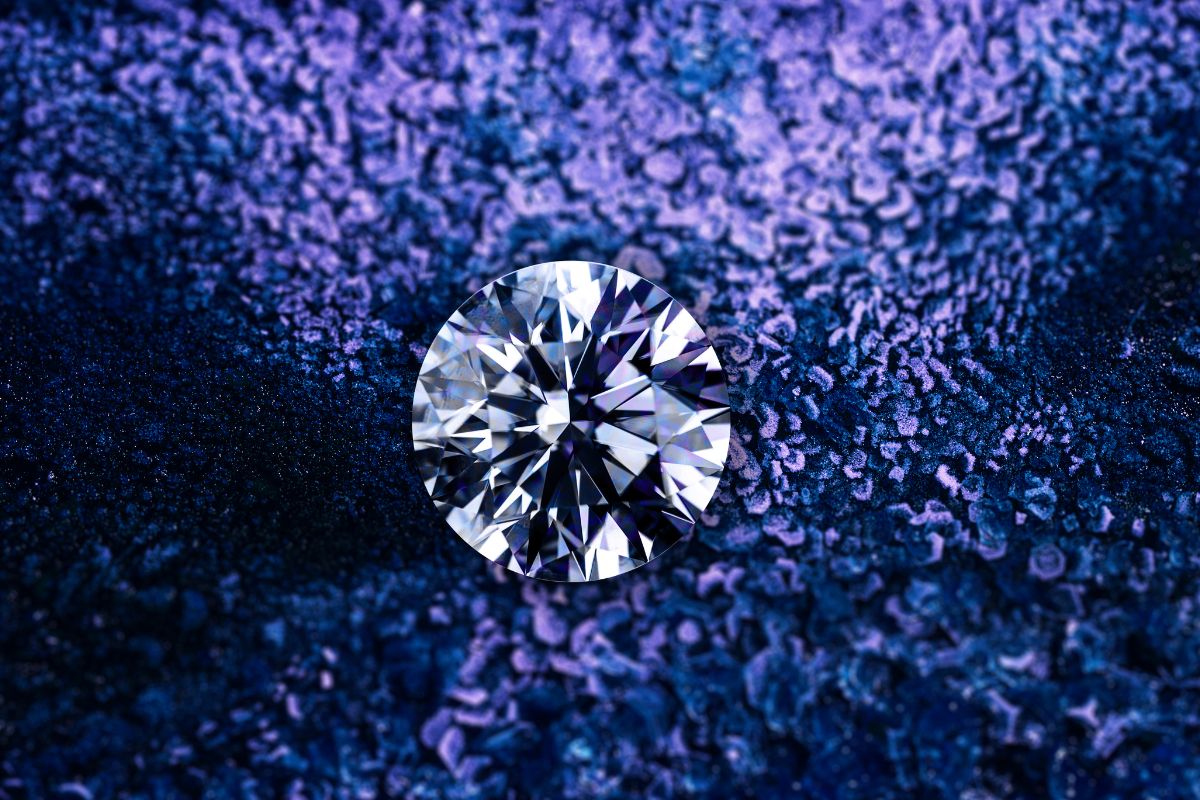
When you're looking into purchasing a diamond, you may encounter various cut grades, with "excellent" being one of the highest ratings a diamond can receive. This designation is a testament to the diamond's superior light performance, which includes aspects such as brightness and fire.
Standards of Excellence
An excellent cut diamond is one that has been crafted to meet stringent standards that prioritize the stone's ability to reflect and refract light. These standards are assessed considering several factors: facet precision, pavilion depth, crown angle, and pavilion angle. The symmetry of an excellent cut diamond is typically very high, and the polish on each facet is meticulously executed to enhance the diamond's natural sparkle and fire. The Gemological Institute of America (GIA) has specific criteria that dictate an excellent cut grade, which is reflected in the cut quality of these diamonds.
- Facet symmetry: Essential for uniform reflection of light
- Pavilion depth: Affects the angle of light return
- Crown angle: Influences the dispersion of light, or fire
- Pavilion angle: Critical for optimal light reflection
Visual Appeal and Sparkle
The visual appeal of an excellent cut diamond is characterized by its strong light return, which creates the much-desired brightness and sparkle. This brilliance is the result of a harmonious balance between the diamond's proportions and the quality of its cut. When a diamond's facets are proportioned and aligned with precision, light is allowed to enter the diamond, bounce around, and exit through the top, maximizing visual appeal. The combination of fire, which refers to the flashes of color that you see in a well-cut diamond, and the brightness from the light return, renders an excellent cut diamond visually superior.
- Brightness: Result of maximum light return
- Fire: A display of spectral colors
- Sparkle: The combination of scintillation and pattern
The careful calibration of a diamond's angles and proportions is critical in crafting an excellent cut. Your diamond's ability to sparkle and capture attention is largely due to this commitment to excellence in cut quality.
Comparison of Ideal and Excellent Cuts
| Characteristic | Ideal Cut | Excellent Cut |
|---|---|---|
| Cut Grade | Rated as "Ideal" in the cut category. | Rated as "Excellent" in the cut category. |
| Proportions | Optimized for maximum brilliance with precise proportions. | Well-balanced proportions, ensuring good light performance. |
| Symmetry | Exceptional symmetry, contributing to overall beauty. | Precise alignment of facets for a balanced appearance. |
| Polish | Highest quality polish, resulting in a flawless surface. | Smooth and polished surfaces, meeting high standards. |
| Brilliance | Displays exceptional white light return and sparkle. | Exhibits excellent brilliance and light performance. |
| Fire | Shows a remarkable dispersion of colored flashes. | Exhibits good fire and color dispersion. |
| Scintillation | Dynamic play of light with captivating scintillation. | Displays a pleasing pattern of light and dark areas. |
| Table Percentage | Optimal table size for maximum brilliance. | Table size within a good range for overall appearance. |
| Crown Angle | Precise crown angle for optimal light reflection. | Well-balanced crown angle for good light performance. |
| Pavilion Angle | Optimal pavilion angle for enhanced brilliance. | Good pavilion angle for overall light performance. |
| Girdle Thickness | Even and well-proportioned girdle for durability. | Well-balanced girdle thickness for durability. |
When selecting a diamond, you'll encounter terms like "ideal cut" and "excellent cut," which are critical in determining the diamond's interaction with light. Understanding these classifications can help you make an informed decision based on how a diamond reflects light and its overall proportions.
Contrasting Light and Sparkle
Ideal cut diamonds are engineered to maximize brilliance, fire, and scintillation, thereby optimizing the light performance. This cut allows for light to enter and reflect back out, giving you the maximum sparkle and a vibrant brightness that is highly sought after.
In comparison, an excellent cut diamond may still reflect light well, but it does not match the precise standards of an ideal cut. Its fire and scintillation are noteworthy, yet they might not achieve the same level of light performance as the ideal cut, leading to differences in the stone's sparkle.
Differences in Proportions
The proportions of a diamond play a pivotal role in its classification as an ideal or excellent cut:
- Symmetry: Impeccable symmetry is the hallmark of an ideal cut diamond; every facet aligns to create perfect balance that enhances light reflection.
- Pavilion and Crown: The ideal cut's pavilion depth and crown height are proportioned perfectly to ensure maximum brightness. The angles are precise, allowing for optimal light return.
- Excellent cut diamonds may have slight variations in their proportions, leading to minor compromises in light reflection. They still maintain a high level of beauty, yet the dimensions like pavilion depth or crown angle might not be as finely tuned as those found in an ideal cut.
Each diamond's individual characteristics, including its pavilion, crown, and symmetry, contribute to its overall rating and ability to exhibit exceptional fire and scintillation. Whether you prefer the unparalleled precision of an ideal cut diamond or the outstanding beauty of an excellent cut diamond, your choice will reflect your personal preference for radiance and design.
Choosing the Right Cut for Your Diamond
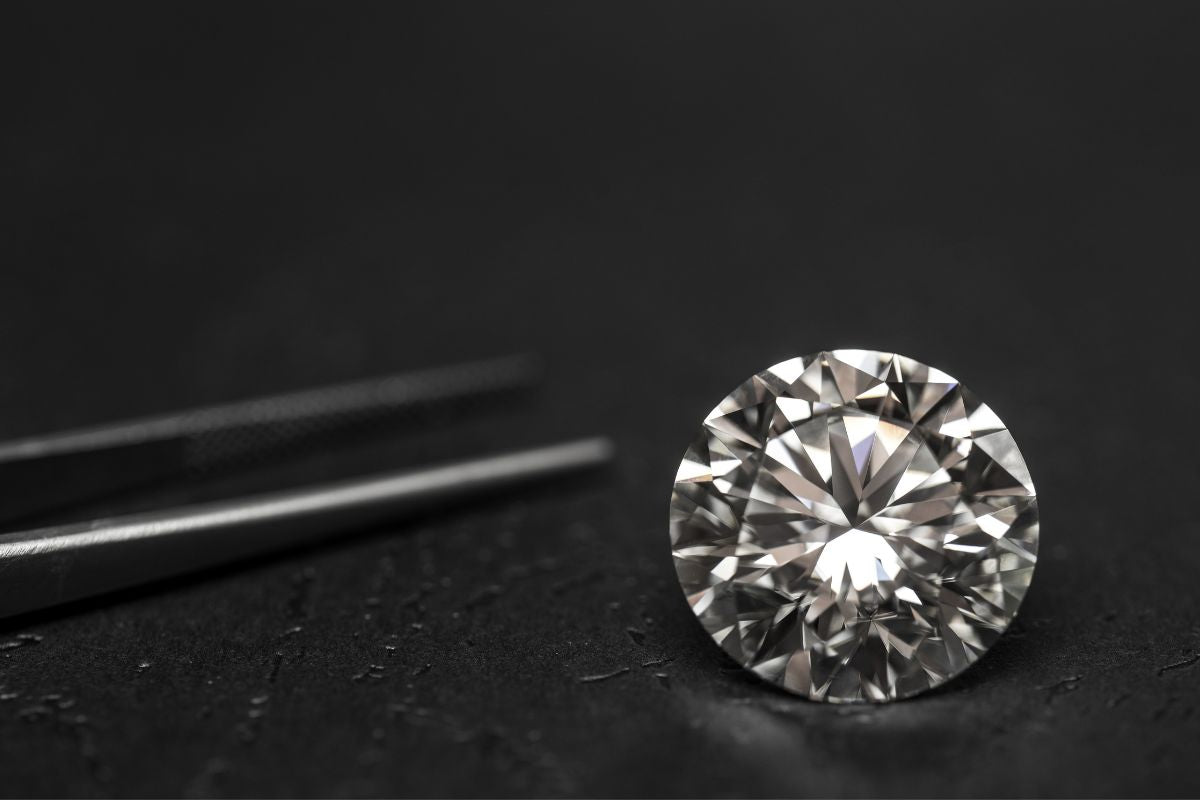
When selecting a diamond, the cut is a critical factor that influences its beauty and value. A well-chosen cut can maximize a diamond's sparkle and make it stand out.
Factors to Consider
- Shape: Your choice starts with the shape, ranging from the classic round brilliant diamond to fancy shapes like oval, marquise, and princess cut diamond. Each shape has distinct characteristics; for instance, a round brilliant is renowned for its exceptional light reflection.
- Carat Weight: The weight of a diamond is measured in carats, with one carat weighing 200 milligrams. While larger carats typically catch the eye, the cut quality can make a smaller diamond appear larger.
- Clarity: Even a high-carat diamond can be marred by inclusions or blemishes. Opt for a cut that can either mask imperfections or enhance a stone with high clarity.
- Color: Diamonds are graded from colorless to yellow. A masterful cut enhances the diamond's ability to reflect light, thus minimizing the visibility of color.
- Cut Quality: The grades ideal cut versus excellent cut—impact how well a diamond reflects light. Ideal cut diamonds are engineered for maximum brilliance, whereas excellent cut diamonds provide a balance between brilliance and budget.
Impact on Diamond Appearance
- Face-up Appearance: How a diamond looks when viewed from above is its face-up appearance. An ideal cut will often yield a brighter and more balanced appearance as it is optimized to reflect most light back to the viewer.
- Light Reflection: The angles and finish of a cut determine how light travels within the diamond and bounces back to your eyes. Properly cut diamonds, like an ideal cut, will reflect the majority of light, creating that sought-after sparkle.
In consulting with gemologists or jewelers, you should emphasize the importance of cut quality. They can help analyze how each specific cut plays with light and affects the overall aesthetics of your diamond. Remember, choosing the right cut for your diamond shapes its beauty, determining how it captures light and attention.
The Role of Certification in Cut Grading
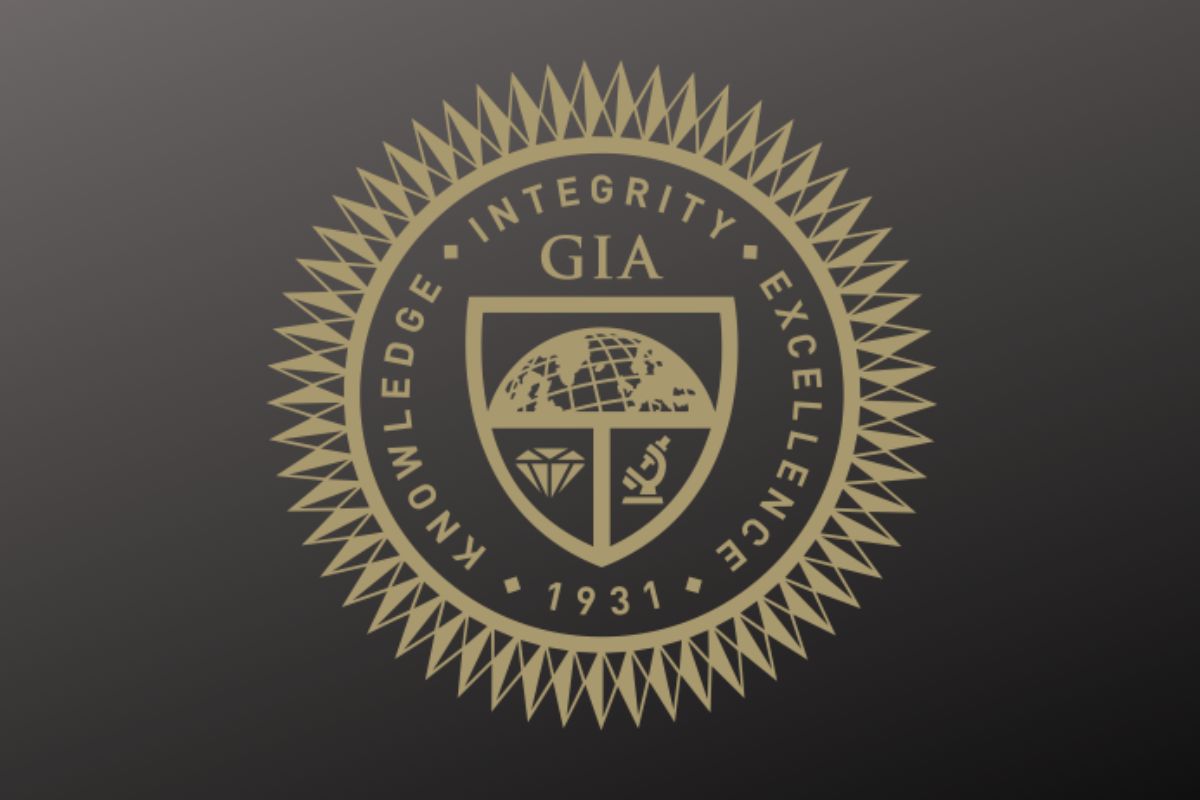
When selecting a diamond, the certification of its cut grade by reputable organizations can significantly influence its quality and value. Two such entities, the Gemological Institute of America (GIA) and the American Gem Society (AGS), set the standards for grading a diamond's cut.
GIA and AGS Standards
GIA, being a highly authoritative body in diamond certification, categorizes cut grades into Excellent, Very Good, Good, Fair, and Poor. When a diamond is awarded an Excellent cut grade, it signifies that the stone has been crafted to deliver superb brilliance, and it aligns with the strictest criteria for proportions, symmetry, and polish. In contrast, the American Gem Society (AGS) uses a 0 to 10 scale, where 0 represents an Ideal cut. This cut grade ensures the diamond has been shaped to the most exacting proportions, maximizing its light performance. Both systems consider the 4Cs—cut, clarity, color, and carat weight—to define a diamond's quality, with the cut grade affecting the stone's optical efficiency the most.
Interpreting Diamond Grading Reports
A diamond grading report provides you with an in-depth analysis of your diamond's attributes. It includes an assessment of the 4Cs, and specifically for the cut grade, it details the stone’s proportions, symmetry, and polish. When reviewing a report, understanding the grading scales used by GIA and AGS can help you infer the degree of craftsmanship and the diamond's potential for brilliance. An Excellent or Ideal cut grade, while defined differently by GIA and AGS, indicates a top-tier level of cut precision, enhancing the diamond's fire, sparkle, and overall aesthetic appeal. It is imperative to note that a superior cut can even augment a diamond's brightness in the presence of a lower clarity grade or color grade.

Impact of Cut on Diamond Value and Cost
When considering diamonds for purchase, especially for an engagement ring, you should be aware that the cut of a diamond not only affects its brilliance and overall appearance but also plays a substantial role in determining its value and the cost you will incur.
Pricing Differences Between Cuts
The cut of a diamond directly influences its price point. An ideal cut diamond is masterfully crafted to deliver the best possible light performance, showcasing maximum brilliance and fire. Consequently, this meticulous craftsmanship typically commands a higher price in comparison to an excellent cut diamond, which, while still high-quality, may represent slight variance from the proportions that constitute an 'ideal' cut.
- Carat weight: Often, higher carat weight coupled with a higher cut quality can exponentially increase a diamond's price.
- Clarity and color: While important, may be less influential on price when a diamond possesses an ideal cut, as superior light performance can minimize the visibility of inclusions and improve color perception.
Investment Considerations
From an investment standpoint, diamonds with an ideal cut typically retain their value better over time. This is partly due to their rarity and the prestige associated with their perfect proportions and exceptional light performance. In contrast, diamonds with an excellent cut rating offer a more accessible entry point, balancing cost and quality effectively.
- Long-term value: You may find that ideal-cut diamonds can be a more stable investment.
- Resale market: An engagement ring or loose diamond with an ideal cut may have increased desirability on the secondary market.
Remember, while cut quality is paramount in both value retention and aesthetic appeal, your budget and personal preference should also guide your choice.
Additional Cut Quality Factors
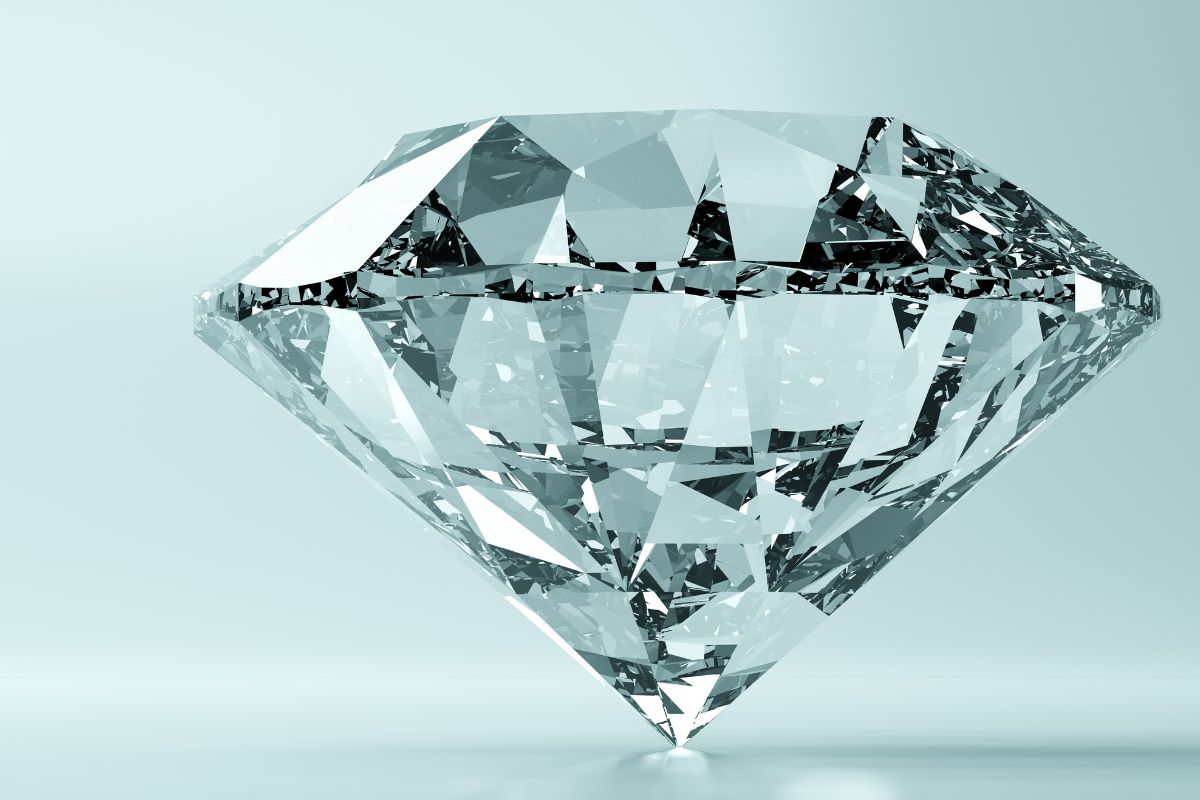
When exploring diamond cuts, certain factors beyond the grade certificate play a role in a diamond's brilliance and durability. Your understanding of these aspects is crucial in distinguishing between an ideal cut and an excellent cut diamond.
Role of Girdle and Culet
- Girdle: The girdle is the thin perimeter of a diamond that separates the crown (top) from the pavilion (bottom). It should be neither too thick, causing excessive weight, nor too thin, risking chipping. The girdle affects the diamond proportions, impacting light refraction and the overall balance of the stone.
- Culet: The culet is the tiny point at the bottom of the diamond. Ideally, it should be pointed or very small to ensure the diamond's light is properly refracted within the stone. A larger culet may be visible through the table, appearing as a dark spot and potentially diminishing the light performance.
Effects of Table and Depth Percentages
- Table Percentage: The table is the flat facet on the top of the diamond. Your diamond's table percentage — the width of the table compared to the diameter of the diamond — significantly influences light reflection and dispersion. A well-proportioned table allows for optimal brilliance, typically found in ideal cut diamonds.
- Depth Percentage: The diamond’s depth percentage — the height of the diamond compared to its diameter — is critical to its overall light performance. Proper depth percentages balance reflection and refraction, ensuring minimal light leakage and heightened contrast. This, combined with the table percentage, dictates the diamond's ability to sparkle.
Your attentiveness to these parameters greatly affects your ability to discern the meticulousness of the diamond's design and craftsmanship, ultimately finding a stone that meets your desires for beauty and quality.
Design and Aesthetic Considerations
When choosing between an ideal cut and an excellent cut diamond for your engagement ring, design and aesthetic considerations are paramount. These factors impact not just the ring's appearance, but also its ability to reflect light and express personal style.
Influence on Engagement Ring Styles
The cut of a diamond significantly influences the overall design of an engagement ring. Ideal cut diamonds are engineered to maximize brilliance and fire, which typically feature precise angles and proportions that reflect light to create exceptional sparkle. This level of precision contributes to the beauty of engagement rings by enhancing the diamond's face-up appearance and light reflection.
With excellent cut diamonds, while they are also crafted to produce a high level of brilliance, there is some flexibility in their proportions. This allows for a range of styles that can complement different shapes, such as oval or marquise, offering versatility in design for engagement rings.
Personal Preferences in Cut
Your personal preference plays a critical role in choosing the cut of your diamond. An ideal cut might appeal to you if you desire the pinnacle of beauty and diamond sparkle, especially in a classic round brilliant diamond. It's tailored for those who prioritize the precision that maximizes every ray of light.
On the other hand, an excellent cut diamond may satisfy your aesthetic preferences if you are looking for a balance between a high degree of brilliance and the unique character of the diamond. The subtle differences in cut proportions can influence the diamond's color reflections, adding to its distinctive aesthetic. It is important to inspect the diamond color and how it presents itself in various ambient conditions since it affects the perceived colors and overall allure. Jewelers can assist you in observing these nuances to ensure your selection aligns with your expectations.
Frequently Asked Questions
When selecting a diamond, understanding the nuances of cut quality is crucial for making an informed decision. Below are specific details addressing common queries about ideal and excellent diamond cuts.
What distinguishes an ideal cut diamond from an excellent cut diamond?
An ideal cut diamond is crafted to deliver the utmost brilliance and fire, with proportions that reflect the maximum amount of light. An excellent cut diamond also reflects light well but is more flexible in its proportions, allowing for a wider range of cut styles.
How do GIA and IGI classify ideal vs excellent diamond cuts?
GIA (Gemological Institute of America) issues a cut grade where 'Excellent' is the highest, followed by 'Very Good,' 'Good,' 'Fair,' and 'Poor.' IGI (International Gemological Institute), on the other hand, includes an 'Ideal' category above 'Excellent' as the pinnacle of cut quality.
Can you explain the diamond cut grading system and where ideal and excellent cuts fall within it?
The diamond cut grading system evaluates how well a diamond's facets interact with light, assessing its brightness, fire, scintillation, weight ratio, durability, polish, and symmetry. An ideal cut resides at the top of this system, while an excellent cut is just a tier below, both producing high levels of brilliance and sparkle.
What are the visual differences between ideal and excellent cut diamonds?
Visually, ideal cut diamonds are structured to offer maximum light return and balance of fire and brightness. Excellent cut diamonds may also exhibit high brilliance but with slight variations in balance and intensity of light return that discerning viewers may notice.
Why might someone choose an ideal cut diamond over an excellent cut diamond?
Someone might prefer an ideal cut diamond for its optimal light performance, which maximizes the diamond's brilliance and ensures a balance of sparkle throughout. It represents a top-tier cut that appeals to those seeking the finest quality in diamond craftsmanship.
In terms of light performance and diamond brilliance, how do ideal and excellent cuts compare?
In terms of light performance, an ideal cut diamond is engineered to exhibit maximum brilliance and fire, meaning it reflects nearly all light that enters it. Excellent cut diamonds also perform exceptionally well but might redirect slightly less light compared to their ideal counterparts.
Checkout some of our top collections:
Leave a comment
Please note, comments must be approved before they are published.
